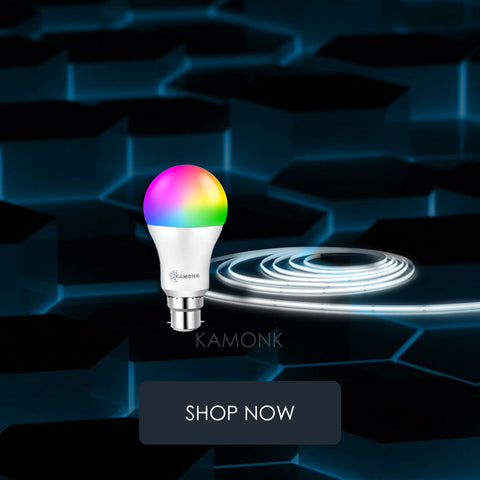How Fast Does Your Internet Connection Have To Be For Smart Home Devices?
Smart devices and home automation can add new levels of comfort, enjoyment, and security to your home. But with all the demands placed on our internet connections today, you may be wondering if your network can handle the challenge of powering a connected home.
Good news! Smart home solutions don't require as much network as you might think. Let's take a look at what a smart home is, the speed it needs to provide power, and how to get the most out of your connection and utilize smart technology.
What is a smart home?
A smart home is a fancy way of referring to a home with internet-connected devices. Common smart devices are all about security, energy efficiency, and convenience, and most can be controlled by smart speakers with digital assistants like Amazon's Alexa. If you have enough of these devices, the various functions of your home can work perfectly. For example, before you get home from work, you can turn on the lights and set the thermostat to the perfect temperature. Kamonk offers smart devices that can be controlled using voice control with features like timers, group control, smart scenes, and geofencing, just to name a few.
These benefits can be enjoyed even in rural and regional areas where high-speed cables are not available, thanks to technologies such as satellite internet and mobile hotspots. Types of smart home technologies for rent
Several types of smart devices can be rented without major modifications.
How much internet speed do you really need?
That's a million-dollar question. How will this affect my home network with all these connected devices? Well, in most cases, not much. Most smart home devices do not require very fast connections. Thermostats and lights simply connect to the network and receive commands from your phone or control panel, so there's not much continuous data transfer.
However, there is one big exception to this rule. This is the room. Doorbells and other smart cameras that upload photos or video files take up much bandwidth. Some cameras can use up to 4 Mbps to upload 1080p HD video. Getting a few of these loaded at once can help speed up a slow connection without leaving bandwidth for other activities.
Even without a camera, you need to consider the total number of devices running simultaneously in your home, including smartphones and computers. Smart devices don't need to use bandwidth individually, but many devices can interfere with the connection and slow down other devices, such as smart TVs. Speed: You typically add about 5Mbps to your internet plan for ten or more smart devices and 5Mbps if you plan to install a camera.
This should give you a good starting point and you can tweak it from there. How to get the most out of your connection
One way to reduce internet usage on your smart home devices is to reduce your connection usage.
You can set the camera to record video in low resolution, which is a big problem. Other devices often have settings that regulate how often you use the internet.
You can always call your ISP to try a faster deal if you don't want to compromise using a smart device. Vendors sometimes have specials that aren't advertised, but you might be surprised if you call and ask. If you approach the issue respectfully, they may be willing to negotiate your price.
Subscribe to our newsletter
Promotions, new products and sales. Directly to your inbox.


